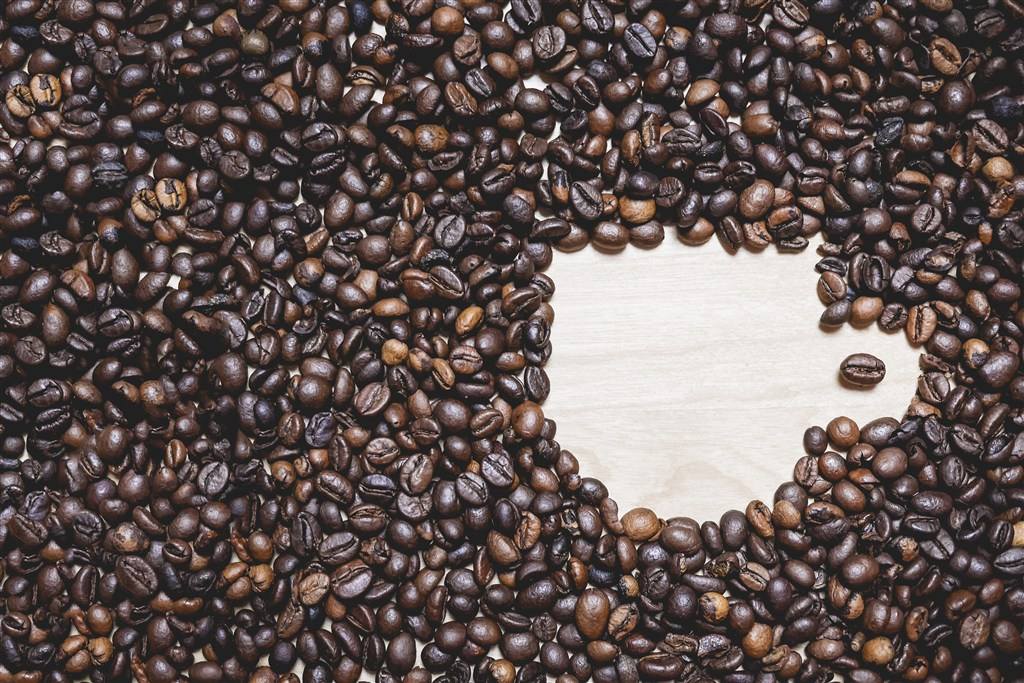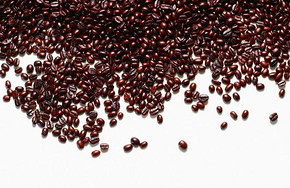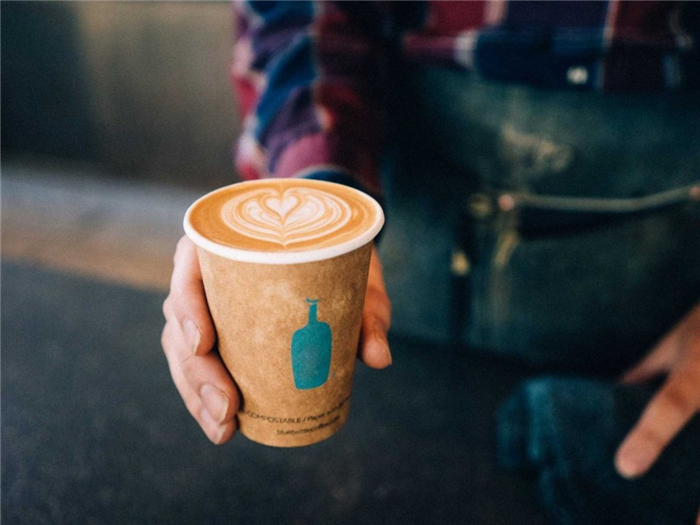Introduction to the origin and culture of Kilimanjaro coffee, Kilimanjaro coffee brewing techniques
Follow the caf é (Wechat official account vdailycom) and found that Beautiful Cafe opened a small shop of its own.
Tanzania's main coffee producing area, located at the foot of Mount Kilimanjaro, is rich in volcanic soil. Some coffee trees planted here are more than 100 years old. Coffee was first introduced by Christians from Kenya to grow coffee. Coffee trees must be carefully taken care of, weeded and fertilized. Moreover, old branches must be cut off so that new branches can grow to maintain the quality of coffee beans. Coffee bean processing plants are well equipped; coffee beans are an important economic crop in Tanzania, and the local government attaches great importance to this industry.
Kilimanjaro Coffee (Kilikmanjaro Coffee); Kilimanjaro Coffee is produced in Mount Kilimanjaro, the highest mountain in Africa in northeastern Tanzania. Its coffee is of good quality, rich aroma and outstanding sour taste, so it is suitable for the preparation of comprehensive coffee.
The coffee beans are of extraordinary quality and are produced in the Mohi district near Mount Kilimanjaro. The mountain area with a height of 3,000 to 6,000 feet is the most suitable area for growing coffee. Fertile volcanic ash gives the coffee here a strong texture and soft acidity. It exudes delicate aromas and contains aromas of wine and fruit, making people taste endless aftertaste. After drinking Kilimanjaro coffee, I always feel a soft and mellow earthy smell around my mouth. Coffee gourmets often use words such as "wild" or "wild" to describe it. It can be said that pure Kilimanjaro coffee is "the most African coffee".

Kilimanjaro AA is the highest grade of beans, its grains are full, pure flavor, rich and refreshing, all aspects of quality are good. It is usually more acidic than Kenya coffee and evenly stimulates the taste buds in the middle and sides of the back of the tongue, feeling a bit like the sour taste of tomato or soda. After moderate or more moderate baking, it has a strong aroma, then grind it into a fine powder, soak it in a pot of boiling water, and invite friends to sit around and taste it. The famous coffee brands in Tanzania are Africafe, Tanica Cafe, Kilimanjaro and so on, and their quality is much better than the Nestle coffee we often drink. Tanzanian coffee has long been loved by Europeans and has joined the ranks of famous products. Europeans give Tanzanian coffee the nickname "coffee gentleman", and coffee connoisseurs call it the "coffee swordsman" with the mocha of the "King of Coffee" and the "Lady of Coffee".
Kilimanjaro Coffee-brewing method
Kilimanjaro coffee is mainly suitable for blending, can be self-blending or made into a variety of fancy coffee.
Single product production:
Brewing: to brew a good cup of coffee, you need not only fresh coffee powder and slightly harder water, but also a set of easy-to-use brewing tools. There are three main types of coffee machines in common use.
Drip filter: wet the coffee powder with water and let the coffee liquid flow through the filter cloth or filter paper and flow into the container at the speed of natural fall. Basically, this method does not soak the coffee powder, just let the hot water pass slowly through the coffee powder. Both the drip cup and the electric coffee maker fall into this category and are the simplest brewing tools that can make clean and brightly colored coffee.
Bubble type: put the coffee powder into the pot, soak it in hot water for several minutes, and then filter out the coffee grounds by a filter cloth or screen to form a cup of coffee liquid.
Siphon pots, drip pots, Belgian coffee pots and Vietnamese coffee pots are all follicular brewing tools, and they all have a soaking process to form a more complex taste.
High-pressure type: use pressurized hot water to penetrate the compacted coffee powder to produce a thick cup of coffee in this form of tools such as a mocha pot and an espresso machine.
Quick brewing method: can use Italian espresso machine, faster coffee brewing method. The espresso machine can extract several cups of coffee successively. The oil and gum in the coffee beans can be emulsified and dissolved under high pressure during the brewing process, and the essence of the beans is completely extracted by pressure, making the brewed coffee stronger, better in taste and flavor.
Mixed preparation:
First: choose good quality coffee beans, because the use of poor quality coffee beans, of course, will greatly damage the flavor of coffee, even if the production of a very balanced single coffee, but also can not make delicious coffee, the choice of good quality coffee beans is the biggest point.
Second: get rid of defective beans, mixed with defective beans, the taste will become worse. Therefore, it is better to be missing than rotten to get rid of the defective beans without stinginess. For example, long worms with holes, abnormal development, shell without benevolence, will be picked out.
Third: understand the characteristics of coffee beans, if the individual characteristics of the coffee beans to be blended are not well understood, it is difficult to mix good or desired coffee, such as mocha coffee is more sour, it can not be used to dilute the sour taste of coffee.
Fourth: understand the different degree of roasting, different coffee beans are roasted differently, their flavor is also different, so we should have a good grasp, such as Kilimanjaro, Blue Mountain is generally medium-shallow baking, carbon roasting is deep baking and so on.
Making fancy coffee: there are many kinds of fancy coffee. Take Japanese cappuccino as an example.
First, make Kilimanjaro coffee beans into hot coffee.
2. Pour hot water into the coffee cup, warm the coffee cup for 20-30 seconds, then dry.
3. Put the fine sugar in the coffee cup. Pour in the hot coffee without stirring.
4. Cover the coffee surface with whipped cream from the edge of the cup to the center of the cup. To cause to show a spiral pattern.
5. Sprinkle cinnamon powder and lemon peel crumbs and serve.
Important Notice :
前街咖啡 FrontStreet Coffee has moved to new addredd:
FrontStreet Coffee Address: 315,Donghua East Road,GuangZhou
Tel:020 38364473
- Prev

How to choose Kilimanjaro coffee beans
Following Cafe Review (official Wechat account vdailycom) found that Beautiful Cafe opened its own small shop, Kilimanjaro Coffee-Kilimanjaro Coffee is a large uniform size coffee bean with a grayish green color, compared with a strong sour taste and sweet flavor, excellent flavor. It will give off sweetness and light sour taste after moderate baking, and soft after deep baking.
- Next

Blue Bottle launches Yemeni coffee beans
Following Cafe Review (Wechat official account vdailycom) found that Beautiful Cafe opened a small shop of its own. Blue Bottle is one of the representative brands of boutique coffee in the United States. It is known as the Apple of the coffee industry because of its extreme pursuit of coffee quality. It recently launched a coffee bean from the Yemeni company Port of Mokha. The first feature of this single coffee bean is its origin in Yemen.
Related
- Detailed explanation of Jadeite planting Land in Panamanian Jadeite Manor introduction to the grading system of Jadeite competitive bidding, Red bid, Green bid and Rose Summer
- Story of Coffee planting in Brenka region of Costa Rica Stonehenge Manor anaerobic heavy honey treatment of flavor mouth
- What's on the barrel of Blue Mountain Coffee beans?
- Can American coffee also pull flowers? How to use hot American style to pull out a good-looking pattern?
- Can you make a cold extract with coffee beans? What is the right proportion for cold-extracted coffee formula?
- Indonesian PWN Gold Mandrine Coffee Origin Features Flavor How to Chong? Mandolin coffee is American.
- A brief introduction to the flavor characteristics of Brazilian yellow bourbon coffee beans
- What is the effect of different water quality on the flavor of cold-extracted coffee? What kind of water is best for brewing coffee?
- Why do you think of Rose Summer whenever you mention Panamanian coffee?
- Introduction to the characteristics of authentic blue mountain coffee bean producing areas? What is the CIB Coffee Authority in Jamaica?

